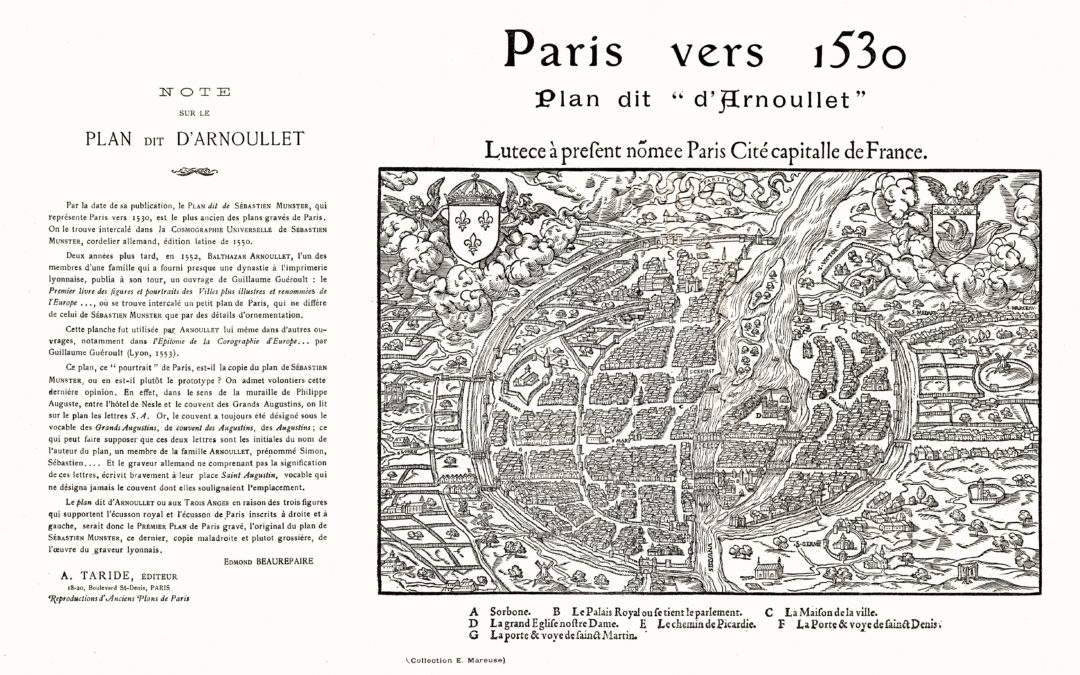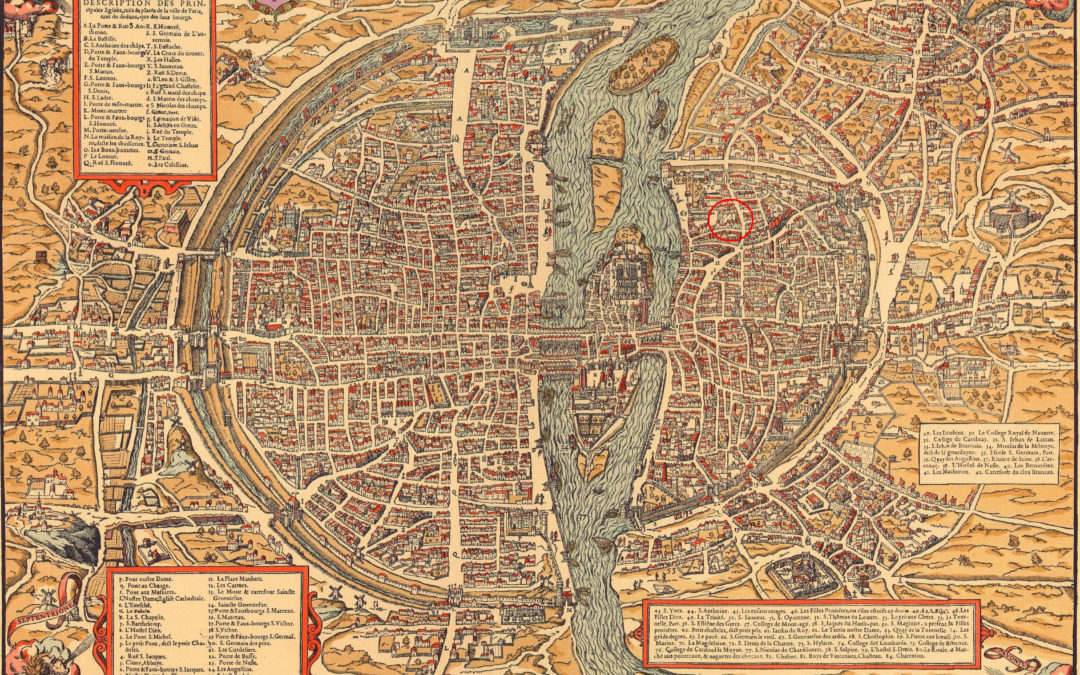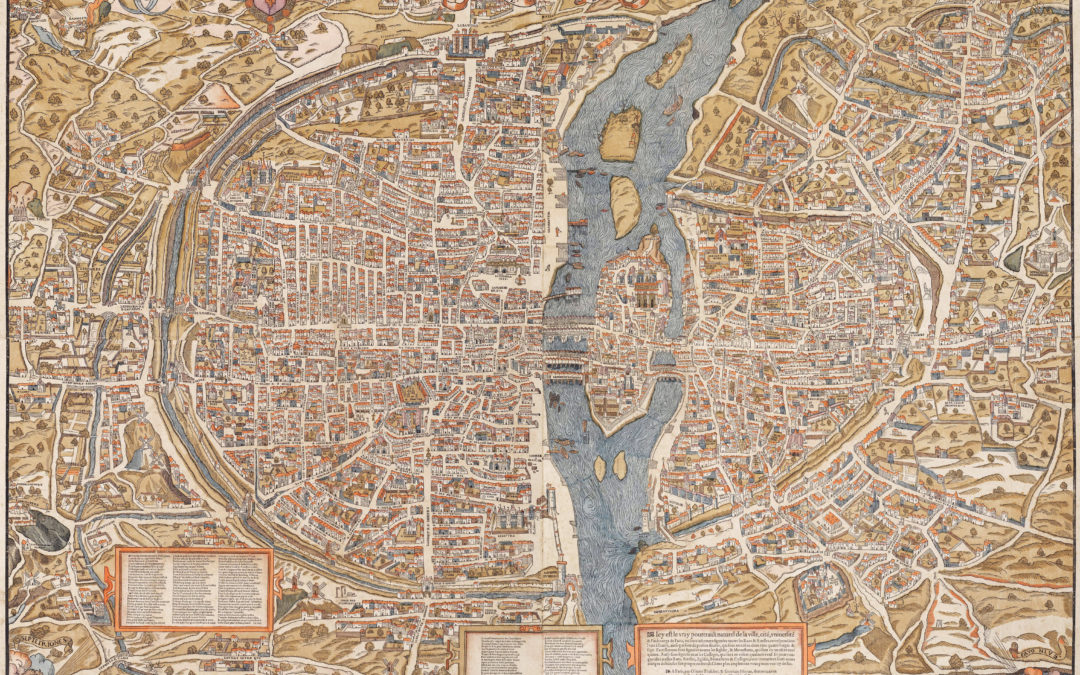
The 16th century was a time of substantial change and growth for Paris, marked by cultural evolution, religious strife, and architectural transformation. Here are some key events and developments:
Renaissance Influence: The Renaissance, which began in Italy in the 14th century, made its way to France in the late 15th century and profoundly influenced Paris in the 16th. This was a period of great intellectual, artistic, and scientific activity that transformed the city’s cultural and academic landscape.
Establishment of Collège de France: In 1530, King Francis I established the Collège de France, an institution that fostered humanist learning and became a hub of intellectual life in Paris.
Architectural Transformations: The Renaissance had a profound impact on the architecture of Paris. King Francis I initiated significant architectural projects, most notably the expansion of the Louvre Palace. Paris also saw the construction of its first bridge without houses, the Pont-Neuf, although it was not completed until the early 17th century.
Introduction of Printing: The introduction of the printing press in Paris in the late 15th century had a significant impact on the city’s cultural and intellectual life throughout the 16th century. The spread of printed books fostered learning and helped disseminate Renaissance and Reformation ideas.
French Wars of Religion: These wars, which took place from 1562 to 1598, were a series of violent conflicts between Catholics and Protestants. Paris, a stronghold of Catholicism, was often at the center of these conflicts, and the infamous St. Bartholomew’s Day Massacre in 1572 took place in the city.
Rule of Henry IV: The Wars of Religion ended with the ascension of Henry IV, a Protestant who converted to Catholicism to unite the country. He initiated several projects to modernize Paris, including the planning of new streets and squares, and the construction of the Pont Neuf and Place des Vosges.
The Plague: Recurrent outbreaks of the plague affected Paris throughout the 16th century, impacting the city’s population and daily life. These outbreaks often led to social and economic disruption.


Paris Circa 1575
Old Map of Paris Circa 1575
